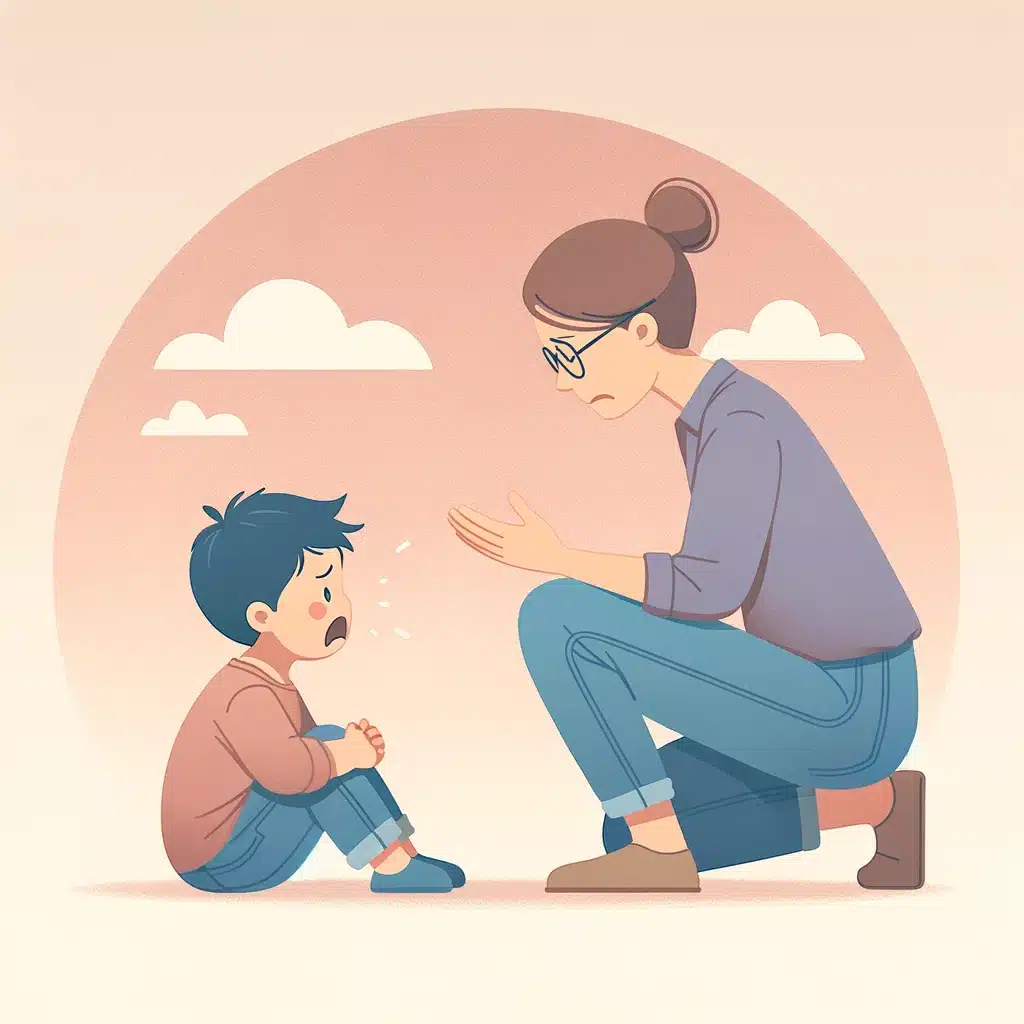How To Understand Tantrums In Toddlers
Tantrums In Toddlers – How To Understand Tantrums In 2 Year old Childrenת Tantrums In 3 Year old Children And Tantrums In 4 And 5 Year old Children?
What Are The Differences And What Can Parents Do And How To Treat Tantrums In Toddlers?

Understanding Tantrums in Toddlers
Toddler tantrums can be confusing for parents. But, it’s important to comprehend these outbursts. 2, 3, 4, and 5-year-olds all have different tantrum styles. Knowing the details of each stage helps parents respond and handle them properly.
Little ones go through rapid growth and development during the toddler years. This can be overwhelming, especially when they’re trying to express themselves. So, 2-year-olds often have intense emotions and physical reactions. It’s their way of communicating.
When toddlers turn 3, the tantrums get longer. As they become more independent, there can be conflicts with their parents. Screaming, hitting, and throwing themselves on the ground are all common.
By 4 or 5, kids can communicate better. However, tantrums still happen due to exhaustion or emotional overload. Parents need to keep setting boundaries and teaching how to express feelings in a healthy way.
Let me tell you about my friend’s daughter, who was turning four. She wanted a candy bar, but her mom said no. That’s when she threw herself on the floor and started screaming and kicking. My friend didn’t get mad. She just got down and said, “I understand you really want that candy bar.” This made her daughter feel understood and calmed her down.
Tantrums in 2-Year-Old Children
Tantrums in 2-year-olds are common. They may be triggered by frustration, lack of communication skills, or independence. Kids have limited language skills and don’t always know how to express their needs.
Parents must stay calm during a tantrum. This creates security for the child and stops it from getting worse. Offering comfort and words of reassurance helps calm the child. A great strategy is distraction. Redirecting their attention to something they like, like a toy or activity, can take their mind off the source of frustration.
It’s important to set expectations and routines, which reduces unpredictability and limits tantrum triggers. Teaching simple language skills like saying “please” and “thank you” helps kids express their needs. Parents, get ready: 3-year-old tantrums are thrilling and intense!
Tantrums in 3-Year-Old Children
Parents of 3-year-olds know the struggle of tantrums! Kids may have limited vocabulary to express their feelings, leading to frustration and meltdowns. Crying, screaming, kicking, and even throwing themselves on the floor are some of the ways they vent.
Tantrums can be triggered by hunger, fatigue, overstimulation, or simply not getting what they want. Parents must identify triggers and try to address them proactively.
Communication difficulties can cause increased frustration and tantrums. Kids struggle to express needs and desires. Parents must remain calm and provide a safe environment. Establishing consistent routines and setting clear boundaries helps. Offering choices within limits allows children to assert independence.
A parent of a 3-year-old boy recalls an incident in a grocery store. A tantrum erupted when the child was denied a candy bar. The mother remained patient and calmly explained why they couldn’t have it. The child eventually calmed down, learning throwing fits doesn’t always get what they want.
Navigating this tricky age demands patience and understanding. Acknowledge intense emotions, address triggers proactively, and promote effective communication skills.
Tantrums in 4- and 5-Year-Old Children
Tantrums in 4- and 5-year-olds can be a trying experience. They may have difficulty expressing their emotions verbally or lack the communication skills to do so. This can lead to outbursts of frustration. Additionally, they desire autonomy and will act out when boundaries are set by parents. Developmental changes can also cause internal conflicts, resulting in tantrums.
Parents should remain calm and patient while dealing with these episodes. Validate the child’s feelings and set clear boundaries. Redirect their attention or engage them in alternative activities to distract them.
My friend’s daughter had frequent tantrums at four years old. She would scream and throw herself on the floor when her parents tried to enforce rules. However, through consistent discipline and guidance, her parents were able to help her understand and manage her emotions better.
Tantrums are a normal part of this phase of development. Parents can support their child’s growth by providing understanding, guidance, and a safe environment to express emotions. Herding cats is easier than wrangling tantrums, but at least you can laugh about it afterwards!
Conclusion
Tantrums in toddlers can be tough for both kids and parents. Knowing the differences between tantrums in 2-year-olds, 3-year-olds, and 4-5-year-olds is key to handling them well. Each child develops differently, so their tantrum behavior will differ too.
Two-year-olds often throw tantrums due to limited language skills or a lack of independence. These tantrums usually involve crying, kicking, and screaming. Parents should stay cool and give reassurance while setting clear boundaries to help the toddler.
At age 3, the tantrums may get more intense. Kids start testing limits and being independent. These tantrums can last longer and may include hitting or biting. Parents should stay firm with discipline and offer better ways to show emotions, like words or sensory activities.
At 4-5 years old, emotional understanding increases, but tantrums can still erupt from exhaustion or frustration. It might also be from not being able to control emotions. Parents can support their child by teaching coping methods, such as deep breathing or offering comfort.
To handle tantrums in all age groups, parents can do:
- Make routines: Predictability helps reduce stress and prevents triggers.
- Encourage talking: Teaching children other ways to express themselves stops frustrations leading to outbursts.
- Acknowledge feelings: Showing understanding helps them develop emotional intelligence.
- Set limits: Being consistent with discipline ensures expectations are understood.
- Offer options: Giving limited choices empowers them and gives them a sense of control.
- Create a safe area: Designing a calm place for the child to self-soothe encourages healthy emotional management.
By following these strategies, parents can guide their children through the hard phase of tantrums with understanding and patience. Remember, every child is unique, so it is best to adapt these approaches according to their individual needs and development.
Anger control questionnaire in Hebrew Anger management questionnaire for download
Are you interested in knowing how much the intensity of your anger needs treatment and whether you can use the anger management workshop? Enter the anger management questionnaire and check the intensity of your anger.
לשאלון שליטה בכעסים שאלון ניהול כעסים>





